WINDOWS ON DITCHLING - A QUIZ -
Who was Lord of the Manor of Ditchling?
How many names on the War Memorial are from World War I?
How many people were living in Wing’s Place in 1881?
How was fresh fish delivered from Brighton?
Where was Queen Victoria’s Jubilee celebrated?
Who read the Fair proclamation in 1960 and where was he?
How high above sea level is the High Street?
What was Ditchling’s night club called?
Who made harnesses and saddles in Ditchling?
Where was the Ditchling Home Guard HQ during World War II?
Who sometimes sings the Ditchling Carol on Boxing Day?
Who got locked up in Ditchling's Police Cell?
Where was the Village Work House?
Who played Scrum Half for Oxford?
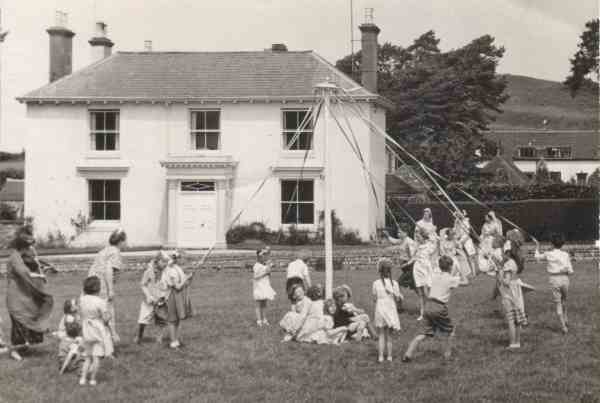
Lord of the Manor of Ditchling
The village is divided into five separate manors, the largest of which is the Manor of Ditchling. For many centuries the position of Lord of the Manor of Ditchling was held by the Marquess of Abergavenny and the Nevill family. The Marquess owned vast tracts of land across southern England, particularly in Kent and Sussex and it was said that he was able to ride from his seat at Eridge Castle in Tunbridge Wells all the way to Hove without having to leave his own land. Ditchling Court, adjacent to the War Memorial, formed part of the large Court Farm farmhouse belonging to Lord of the Manor. In recent years, as this photograph from 1953 shows, the front lawns of Ditchling Court have been used for Village Fair celebrations including displays of maypole dancing by the local school children.

For the Fallen of World War I
In August 1920, the War Memorial was erected in remembrance of those who died in the Great War. Villagers were requested to help level the ground at Pond Green and to donate the local sandstones that now surround the triangle of grass. These stones were brought along from village gardens, some by the grieving families.
The war memorial was designed by Eric Gill and cut by his assistant Joseph Cribb. At the ceremony of dedication the memorial was unveiled by Col Attree whose only son Francis was killed in 1915 at the Second Battle of Ypres.
The memorial commemorates 20 local men who died in World War I. After the Second World War thirteen further names were added.
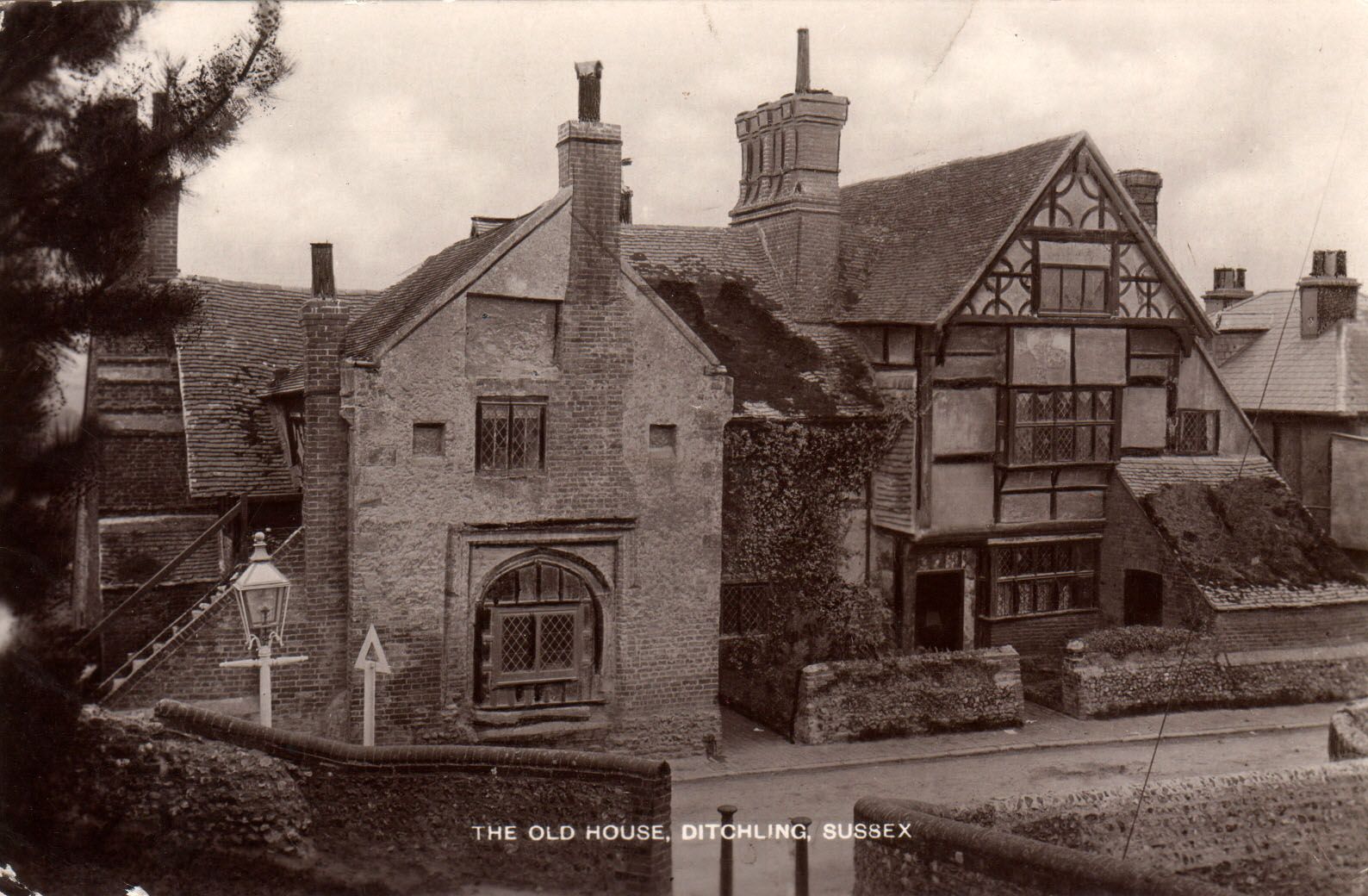
Wings Place, 1881
The 1881 Census shows Wing's Place divided into tenements housing four separate families. Twenty five people were living in this one property - nine adults and sixteen children:
The White Household: Henry White 39, gardener; Mary White 30, dressmaker; Charlie 10; Percy 6; Julia 5
The Stoner Household: John Stoner 39, gardener; Rhoda Stoner 42, wife; Agnes 12; Charles 10; Ellen 8; Alfred 7; Frederick 4; Albert 2; Lucy 1 month
The Grainger Household: Henry Grainger 38, carpenter and joiner; Rebekah 38, wife; William 16; Kathleen 11; Hubert 9; Cornelius 6; Lillian 4; Luther 5 months
The Miller Household: Elizabeth Miller 68, former nurse; John Knight 74, general labourer; John Cheeseman 76, agricultural labourer
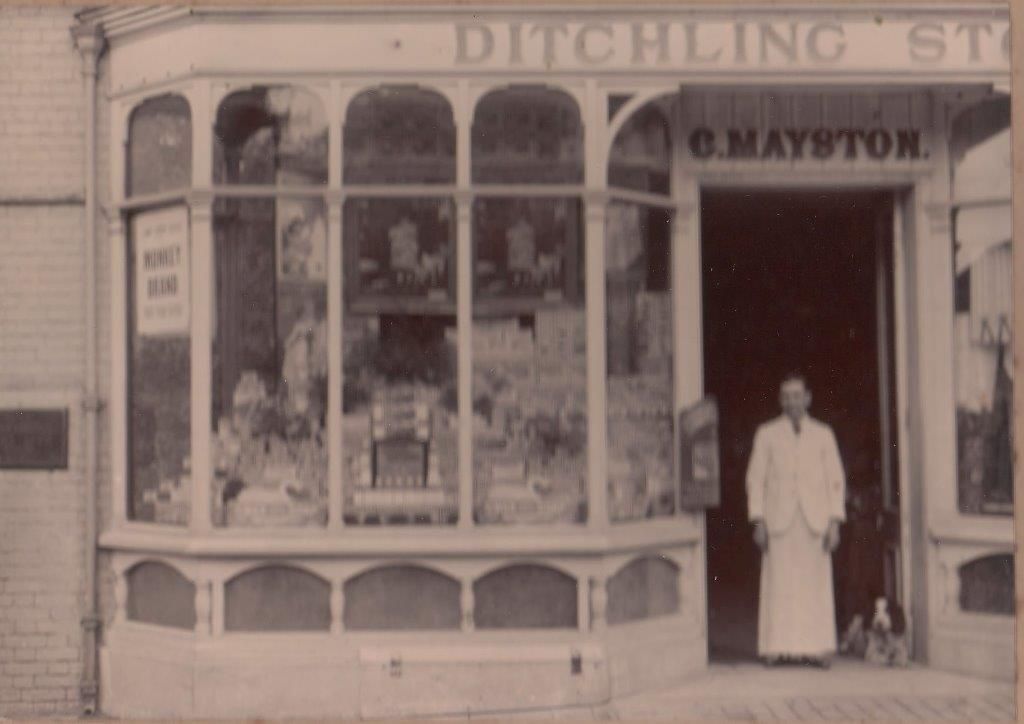
Fresh Fish Delivery from Brighton
At the turn of the 20th century George Mayston took over a grocers and drapers shop in West Street. His family had long links with the village and he ran the store until 1924 when it became Masters and Tulleys.
In his reminiscence George remembers seeing fish brought to Ditchling on a little cart drawn by dogs. ‘A man from Brighton drove the team (consisting of three or four dogs of the lurcher type) over the hills once a week.’
The shop later became Walker’s Stores before being turned into private residences.

Queen Victoria's Jubilee Celebrations
Known to many as 'Dolly's Pantry' this shop has recently been renamed 'The Nutmeg Tree'. The building's connection with bread and baking goes back two centuries providing bread for the village and beyond. On Saturdays, after bread baking, village women would take their large tins of cake into the bake house to have them cooked for one old penny per cake.
The photograph shows the celebrations for Queen Victoria's Jubilee in 1887.
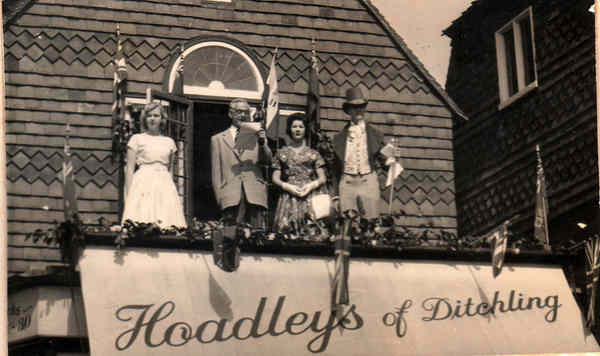
The Fair Proclamation, 1960
No 1, High Street has been a village shop for at least 200 years trading under a variety of names including Harraden, Redman, Fieldwick, Hoadleys, Cullens and Chestertons, until its most recent conversion to a cafe called The Green Welly.
This photograph shows Nat Catchpole, Chairman of the Parish Council, reading the Fair Proclamation from the balcony in 1960.
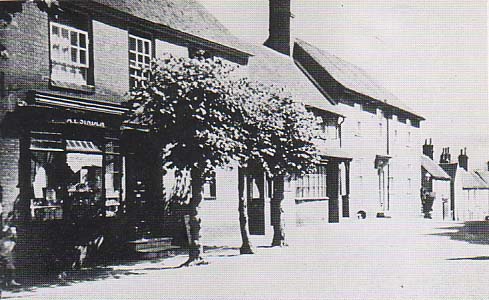
Sea Level in Ditchling
Now a private home, The Limes at the top of the High Street was from 1927 until 1954, a pharmacy run by Alfred Sinden and his wife Mabel. Their children Joy, Donald and Leon grew up here. Joy was well known as a mime artist and the boys both became actors. Mrs Sinden was the daughter of a surveyor who advised them when converting the front room to a shop, to simply remove the sash frame and have a shop window made to fit over the original aperture. When the shop closed, the original window was restored without damage.
At the bottom left of the front elevation, there is a bench mark used by the Ordnance Survey to fix that you are now 222.63 ft (67.86m) above sea level
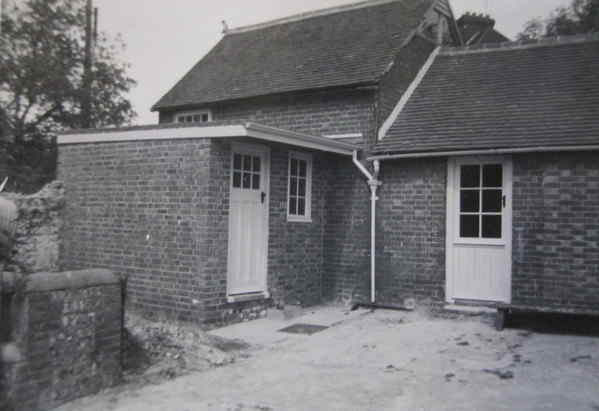
Ditchling's Night Club
Originally the slaughter house for the butcher at Vine Cottage, this building in East Gardens fell into disrepair until 1958 when it was leased by two university friends, Jeremy Buckwell and David Thompson and converted into a night club known as the Smuggler's Snuff. It offered dining, drinking and dancing at the weekend and was very popular, having at one point 60 members. When the lease expired in 1964 it closed down and is now the Friend's Meeting House.
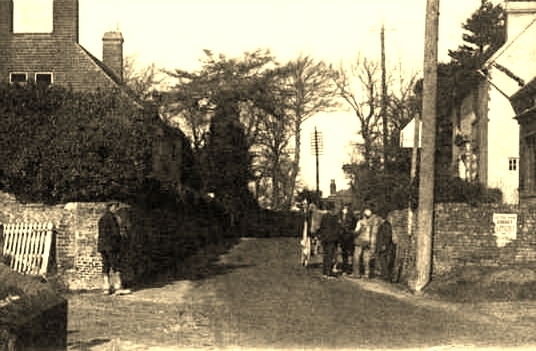
Ditchling's Saddlery
Little Rowlescroft, to the right of the picture, was for many years, the village saddlery. Today there remains a ring on the front wall where the horses were tethered. In 1845 John Comber and Okel Tester were working here making saddles, harnesses and ropes. It would not have been unusual at that time for the poorer class of people to walk to London for supplies not obtainable locally. The village grocer George Mayston commented that ‘… a harness maker named Okel Tester and … John Comber … often used to make the journey doubly strenuous by carrying heavy loads.’
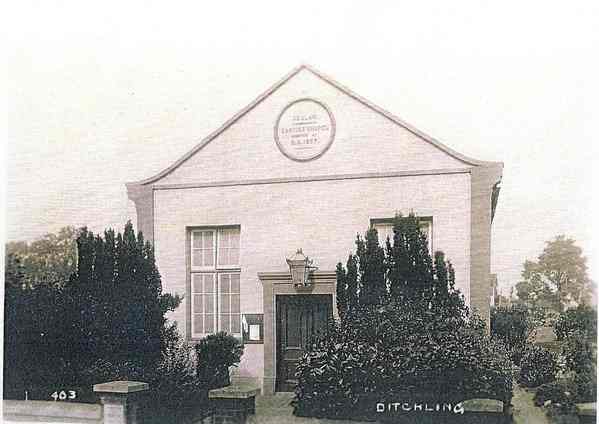
Home Guard HQ in World War II
The Beulah Strict Baptist Chapel in East End Lane was built by a tobacconist and lay preacher, George Greenyer who moved from Brighton to Ditchling in about 1865. He bought a pair of cottages now the single house next door called Brewers, and taking some of the garden built the Chapel which opened on Monday, May 24th 1867. Under the floor there was a full immersion tank for baptisms. Mr Greenyer was the Pastor for 28 years, until his death in 1895.
The Chapel closed for worship in 1936. During the Second World War the building served as the Headquarters of the Home Guard and in 1947 was converted to a private house.
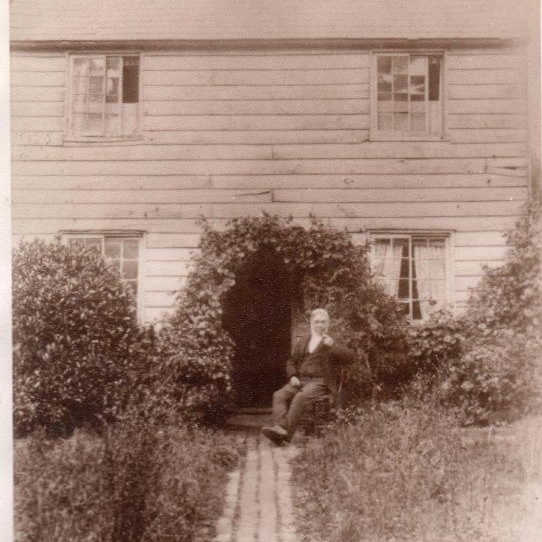
The Ditchling Carol
Born in 1825, Peter Parsons was the village shoemaker and parish Clerk – a role he took over after his father was removed from office for drunkenness! Peter Parsons was also the choirmaster and at one time had nine of his thirteen children singing in the choir. As leader of the Ditchling Glee Club (singers specialising in singing in the round) he became well known, both locally and further afield, for his repertoire of popular and comic songs and anecdotes. Peter Parsons died on Christmas Eve in 1901 but the Ditchling Carol, for which he wrote the music, lives on and is sometimes sung in the village on Boxing Day by the Ditching Mummers
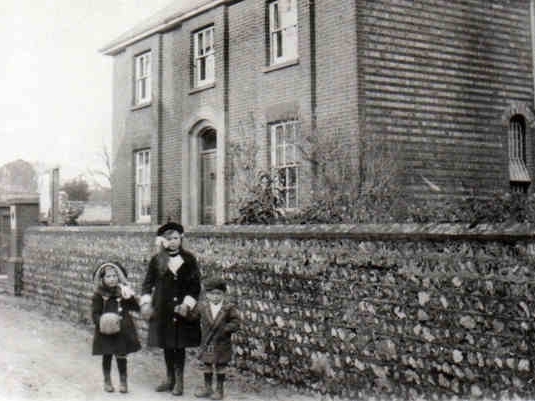
The Ditchling Police House
The Old Police House stood in East End Lane opposite the entrance to the Twitten. Although the original building no longer exists, the site still bears the name to remind us of what stood there previously.
Police Sergeant Packham's son, Ron, recalls the two primitive cells in the back of the old house as being rarely used … only for playing in, but he remembers being put in there for being a naughty boy!
During WWII, shot down German aircrew were occasionally put into the cells.
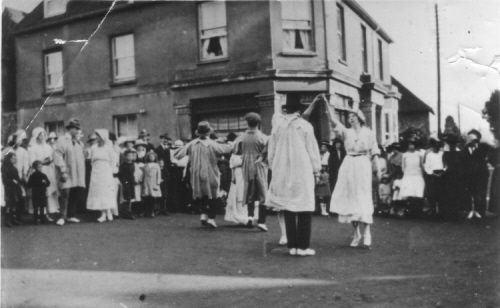
The Ditchling Work House
The Village Work House, which originally stood at the crossroads, was demolished in 1873 and the present building, housing Pruden and Smith was built on the site.
For many years the corner shop was a butchers. Later, from 1937 until 1986 it was the office of the Ditchling Press with the printing workshops in South Street.
This photograph from the 1920s depicts a time when folk dancing at the crossroads was part of the Fair Day entertainment. Presumably, there was no need to apply to close the road to traffic!

Who played scrum half for Oxford?
Edward Percy Branfoot took over Eastfield House Preparatory School in 1895. The son of a Brighton doctor, Percy Branfoot had played rugby for Oxford and a former pupil Rev John Bishop wrote: ‘He surely played scrum half for he was small and strong. I remember him in his Norfolk jacket with a kindly twinkling eye.’ Of his school days Rev Bishop recalls: ‘The Downs teemed with butterflies and Mr Branfoot would take us miles on Sunday afternoons with our butterfly nets. He cared for us deeply. His high standards in personal character were imparted to us and expected of us.’ In 1919, after a fire during the Easter holidays, the school closed. The village hall was built in 1920 and retains the flint facade of the left of the two buildings seen in the photo with the four lower windows still in place.